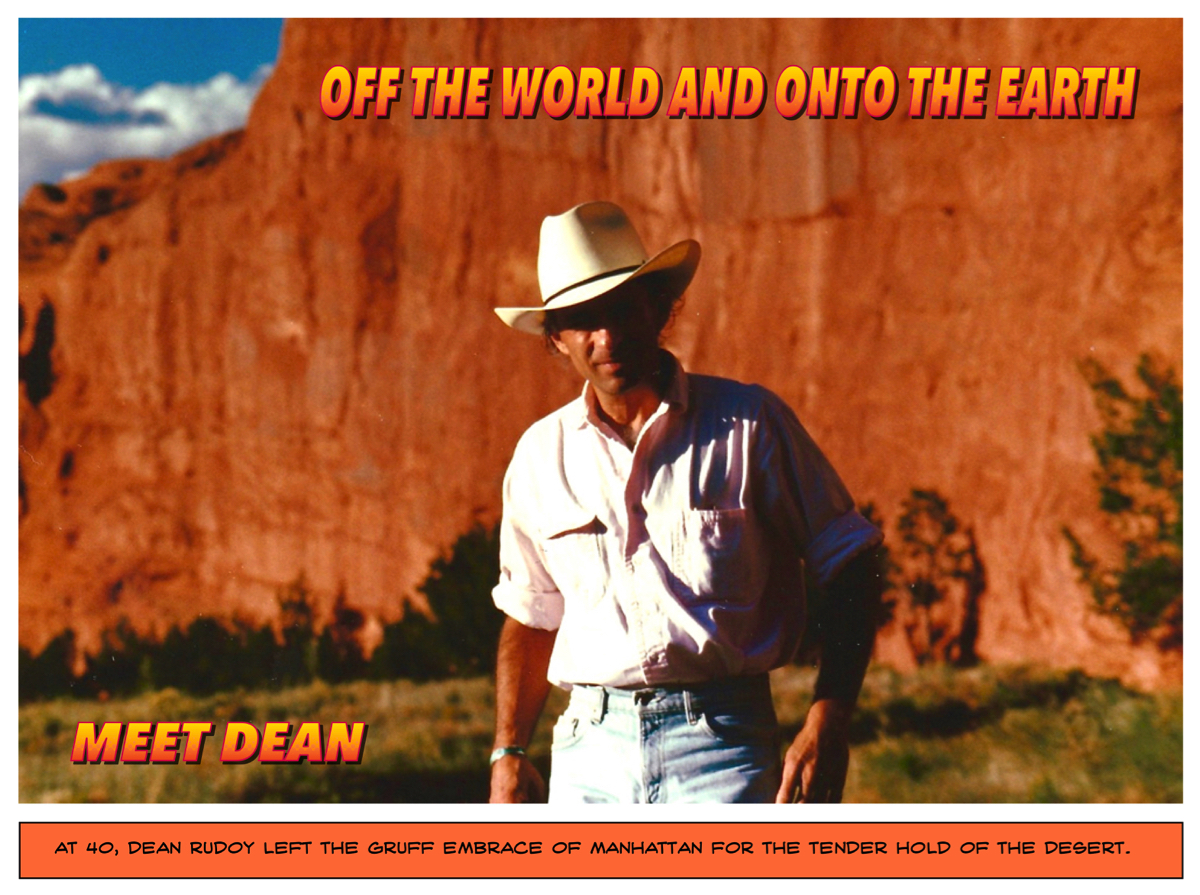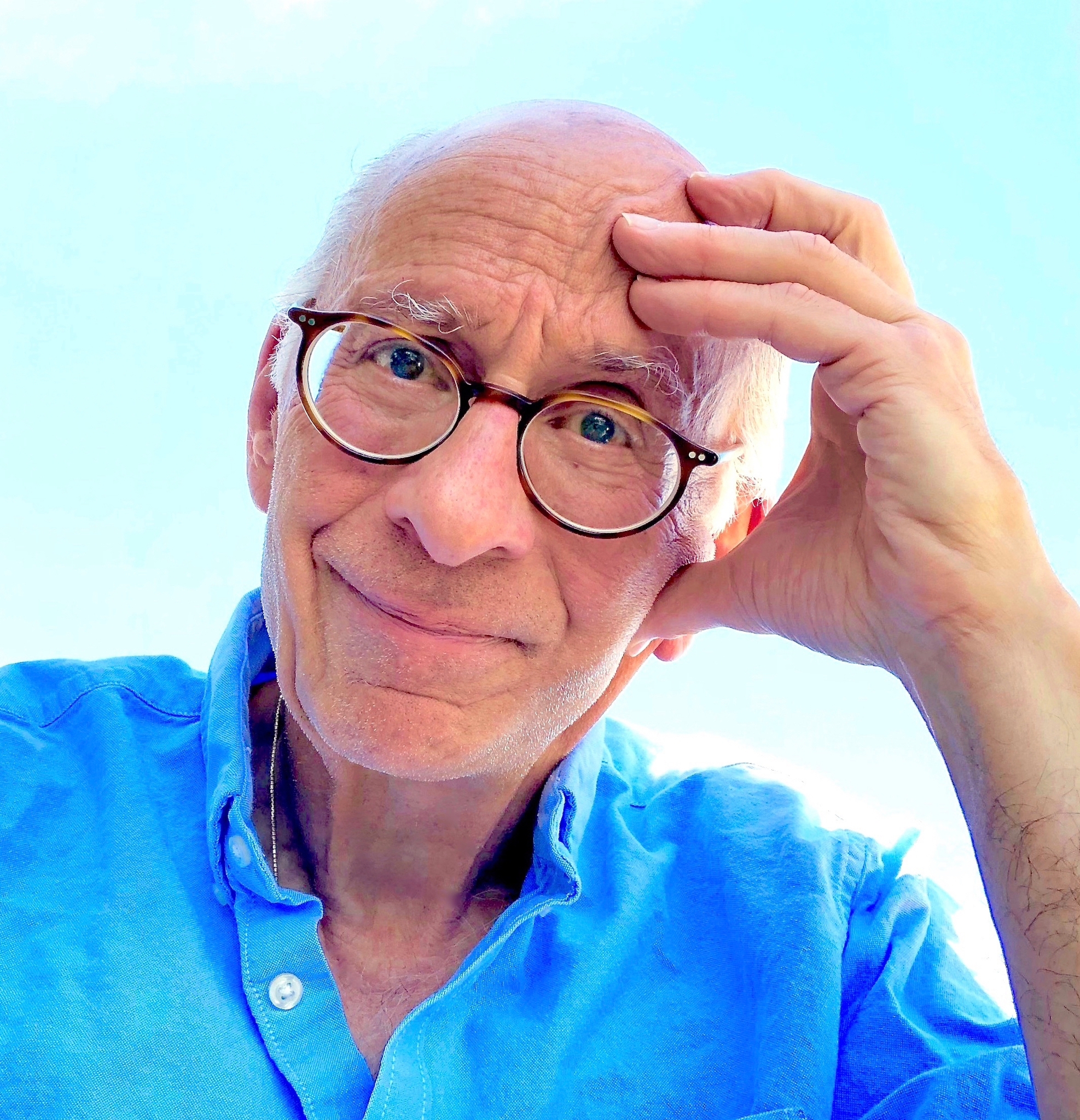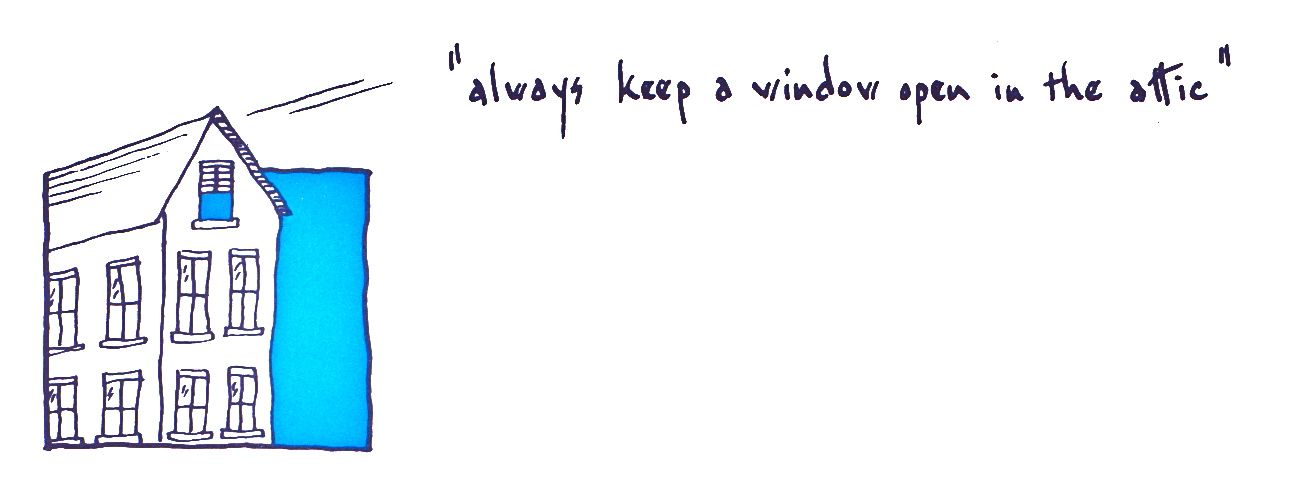

Formal Bio
After graduating college in 1971 from The Johns Hopkins University, Dean Rudoy was off to Washington, DC to stop the war, working with various peace groups and United States Senators. He published two books: Violence: The Crisis of American Confidence (1971) and Armed and Alone: The American Security Dilemma (1972).
Later, in New York City, following his training at the New York University-Bellevue Medical Center, he received his doctorate in clinical psychology from Fordham University in 1985. He then practiced, with a focus on children and adolescents. In 1989, he left the gruff embrace of Manhattan for the tender hold of the New Mexico desert to teach, practice, speak, and write.
All along the way, he has been devoted to causes: children, peace, social justice, human rights. He has served as a consultant to national and international organizations, and on various non-profit boards, including that of The Robert F. Kennedy Center for Justice and Human Rights, on whose Board of Trustees he currently serves.
I was born with two birthmarks—one in the middle of the sole of my right foot, one in the middle of my forehead. (Did something pass through me?) I was also very dark. This was back in 1949, in a small American Midwestern town. As with most families, when faced with unforeseen circumstances, a bit of mythology arose with my birth: I was a changeling. I have always felt a bit different, and have been seen and treated that way, most often kindly. And yet, even as an outsider, I have always felt a kinship to everyone and everything across both space and time. The boundary that separates me from others has always joined me to them.
The journey of the past 75 years has had its challenges—forbidden yearnings, traumatic family estrangements, intense empathic resonances with others’ pain. But, there has also been the fortunate appearance of helpful emissaries, whose encouragement and consolation have seen me through difficult days.
My life—for so many years defined by acquisition and accomplishment—has, in these later years, been informed by the quiet wisdom of letting go. The stories in my book, Emissaries, for so long held within, are now surrendered to those who might benefit from them.
AUTHOR Q&A
What is your book about?
This book is a memoir – or, perhaps more accurately, a scrapbook – a collection of autobiographical reminiscences stretching back 75 years and reaching forward to today. The stories reveal personal and philosophical discoveries made, extraordinary coincidences and epiphanies experienced, and understandings unfolded and realized. Although the stories are personal, the themes are universal: the sacredness of children; the healing, restorative power of Nature; the palpable connection of everything and everyone across both space and time; the truth that in giving what we need, we receive what we seek, undiminished and enhanced; the fact that we are never past our past; the essence of acceptance.
What type of reader would enjoy your book?
This is a quiet book for chaotic times—sympathetic, but not sentimental, thoughtful, but not didactic. It is composed of simple stories lived and meaningful lessons learned—both personal and universal—that will resonate with and awaken memories of the readers’ own life experiences—and perhaps offer some guidance on their journeys.
What are some of the key takeaways you hope readers glean from your book?
(A) Although we might experience ourselves as isolated and estranged, we are in fact all joined to everyone and everything across both space and time—phenomena that seem to separate things, but in fact connect them together.
Each of us exists within a subjective bubble. We think our own thoughts, have our own emotions. Sometimes this leads to feelings of isolation and estrangement from others. But, the very phenomena that seem to separate us from one another—space and time—in fact, connect us together. Despite the differences amongst us, which distinguish each from the other, we all share in common the yearnings to be heard, seen, understood, and touched. We all live upon the Earth. We all breathe the same air. We are all mortal. So, it shouldn’t be too difficult to find common ground.
(B) Beneath the surface of our individual daily lives, there are universal, dynamic patterns always unfolding and arising in which we each play an irreplaceable role.
Every human being occupies a point in the universe never occupied before and never to be occupied again. Therefore, we are each distinct and irreplaceable. At the same time, in both our individual and collective lives, certain universal themes unfold. One of these themes is wholeness and healing. At a cellular level, our bodies wish to be whole, and, if wounded, will mobilize toward healing. At an organic level, our bodies are altruistic. Every organ supports the others’ necessary existence. The challenge for us is to choose to extend that dynamic pattern of wholeness—of healing and altruism—beyond the boundary of our bodies and our insular perceptions and preoccupations—to the world at large.
(C) The surprising coincidences we all experience are evidence of the presence of a meaningful, though concealed, order.
There are coincidental moments in our lives that cannot be logically explained. How is it possible that, walking down the street one day, we bump into someone we have yearned to see. No plan was made. No foreknowledge of the encounter was experienced. The trajectories of our lives have simply crossed at a particular place and at a specific moment in time. Why? Some might conclude that larger forces are at work that have drawn these two “loose ends” together. I believe that beneath the surface of our lives there lies a benevolent force that seeks restoration, reunion, and reconciliation, and makes its presence known in such moments, such glimpses of connection and wholeness.
(D) There is not a person alive who is not carrying a secret burden and a story to tell.
In telling our stories and histories to one another, in sharing our experiences of joy and sorrow, in revealing our points of view, and in being witnessed and heard, we discover that we are not alone. Stories bridge the differences that sometimes divide us. And, in hearing these stories and recognizing ourselves in them, the walls built of fear and judgment begin to dissolve.
(E) Emissaries of truth and of healing appear everywhere, all the time. We most often miss their arrival, because we are too often preoccupied with either the shiny objects of the material world or the lonely illusion of our separate lives.
The artificial world—the world of man-made things, of differences and distinctions—too often enchants us into believing that that which separates us from one another is what is most important. The natural world, in its perfection—Who could improve on the patterns of stones in a creek or stars in the sky?—constantly offers us evidence of the wholeness out of which we came and of which we are a part.
Emissaries of these truths of wholeness and healing are everywhere, all the time. One needn’t travel far to meet them. They are there in silent moments outside—where natural rhythms and patterns resonate with the same deep within. A blade of fresh grass is such an emissary, a squirrel approaching in hopes of a nut, a glistening rock in a creek, a shell washed up on the shore. These epiphanies also appear in moments of human kindness, when we ourselves become emissaries. When we take care of one another. When love and compassion blur the boundaries of our separate selves.
What inspired you to create this book?
The purpose of this book is to pay tribute to the emissaries—both of the world and of the Earth—whom I have met along the way, who have provided me both comfort and instruction—and to share these stories with readers who might be inspired, entertained, delighted, and moved by hearing them.
I believe these stories, these memories, have arisen for a reason—to be told. There is not a person alive who does not hold stories within them. Many do not know how important they are—what contribution they might make to others’ lives in the telling. I hope that my readers will recognize in my stories their own and will be encouraged to tell them. If my stories reach them, if something resonates with their sensibilities, then I have written something that exceeds the boundaries of my own life. And, for that, I will be grateful.
How long did it take you to write?
Although I had written a handful of stories over the years, this book began in earnest in November 2020. In March 2022, we went to final proofs. So, the collection of 60 stories took 16 months to write.
How did you decide what stories to include?
The stories I chose to include all reveal a moment or moments in time when something was revealed to me of significance, when I learned something meaningful that shaped my character and changed my life. Once I dropped the bucket into the well of memory and pulled it up, story after story arose.
What was most important to you in terms of the way the book was written?
This all began with just a handful of stories, and, because I could not perceive any arc or through-line, I could not see a book. I was looking for the wrong thing. Once I read through the final manuscript of 60 pieces of writing, sequenced in what turned out to be a meaningful way, with one tale passing the baton to the next and the next, I found individual stories across time and space that harmonized with one another, whose themes intertwined. And, most surprisingly, I discovered through these stories that my life itself has sung those themes and that the book is a reflection of who I am, not just what I think and feel. Something deeper.
What do you enjoy doing when you are not writing?
What is your favorite story or moment in the book?
Two moments: In “The Child in the Hill”, when I was overcome by a grief I did not comprehend; and in “The Atonement Tree”, when my cousin Michail, who perished in the Holocaust, accompanied me to the cottonwood tree and then, when thinking of all whom we lost, “thousands of leaves shimmered silently under the sun”.
